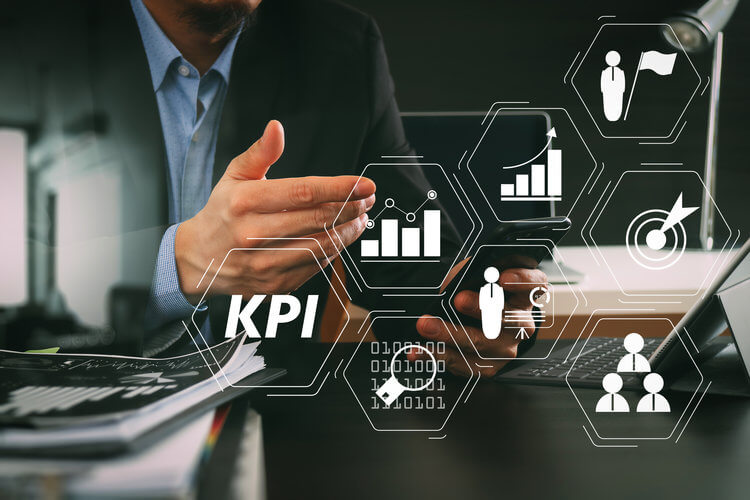Throughout the years, financial stability remains the highest priority for sustainability. However, in times of crisis, such as what we see with the pandemic, economic uncertainty is a given. Regardless of timing, fiscally responsible organizations have plans in place and look to navigate their organizations through difficult economic times. University fundraising departments summon specialists to provide best practices for for success during the difficult times. They apply lessons learned regarding communication, donor involvement, listening campaigns and more. And, in order to maximize donations during times of crisis, fundraisers must ensure sufficient focus on donors with the highest likelihood of giving.
 Cultivating donors – sans science
Cultivating donors – sans science
In the past, potential donors were cultivated with some knowledge of prospects’ current position in life. Prospective big donors might be assigned to high profile school representatives. These donors were typically defined by basic wealth screening and a high-level knowledge of affinity for the institution. The data used in “prospecting” was typically available as static, flat information. These data, combined with the gut feelings of gift officers, managers, and executives, will lead to preconceived ideas about the donors’ likelihood of giving. Then, gift officer’s priorities are set based on those feelings.
 Maximize donations during times of crisis by focusing cultivation efforts
Maximize donations during times of crisis by focusing cultivation efforts
The next important evolution in fundraising removes the undependable practice of “gut feel”. What follows is a dynamically data-driven, focused approach to cultivating donors. This approach uses a sophisticated, complex data modeling process using machine learning and Artificial Intelligence (AI). A precise probability scoring of donation opportunities and ranking of prospective donors utilizes a university’s unique data. This includes different influential factors such as gift officer engagement and evolving prospect behaviors.
Precise AI tools yield remarkable results. So, for example, the highest likely prospects to donate contribute at or near the prescribed percentage rate. Think of it this way. If you have 10 prospective donors with a score of 80%, we expect to see eight prospects out of the ten contribute. With this information, gift officers have the ability to appropriately focus efforts in the direction of the highest return. Cultivating prospective donors with highest likely AI scores gets them to ‘Yes’ quicker.
Predictability models help maximize donations
 A data-driven, predictability model provides gift officers and management with a direct line of sight to the most likely prospects. The ‘old’ method of prospecting wastes time and money by soliciting those who “feel” like good prospects, or are next on an abstract list. Ideally, they focus their efforts on those with the highest likelihood of giving.
A data-driven, predictability model provides gift officers and management with a direct line of sight to the most likely prospects. The ‘old’ method of prospecting wastes time and money by soliciting those who “feel” like good prospects, or are next on an abstract list. Ideally, they focus their efforts on those with the highest likelihood of giving.
Using an updated, precise predictability model that reflects changing data helps find the most likely donors. And, if those donors are less likely, they are probably receiving too much attention from gift officers. For instance, a score of 10% translates to 1 out of 10 people becoming donors. And also means spending a lot of time courting those other 9 people with a low probability of giving. A view to a less likely prospects encourages gift officer to make a decision about the prospect. Do they continue to pursue them or move on? If not, they know their decision is based on data – not feelings.
Transparency and insights
Transparently seeing factors that influence scores does three things. First, it gives leadership a basis for trust. During times of crisis and uncertainty, trust is imperative. Second, it gives insight to gift officers about the prospect. Third, these insights breed confidence by providing justification for the probability score. Therefore, arming gift officers with knowledge of the most impactful factors that contribute to the probability, prepares them to make informed decisions and confidently approach prospects.
Planning is a must in order to maximize donations in times of crisis. Implementing data driven practices prior to the crisis mitigates financial impact of the crisis. In the case of university fundraising, this approach will effectively and efficiently cultivate donors – crisis or not. Using an AI data-driven mechanical learning platform drives results. It allows colleges and universities to save money by leveraging data. This data includes gift officer behaviors, prospects behaviors, demographic information, and proprietary data. Above all, it allows fundraisers to generate funds efficiently, saving time by identifying the donors with the most promise.



